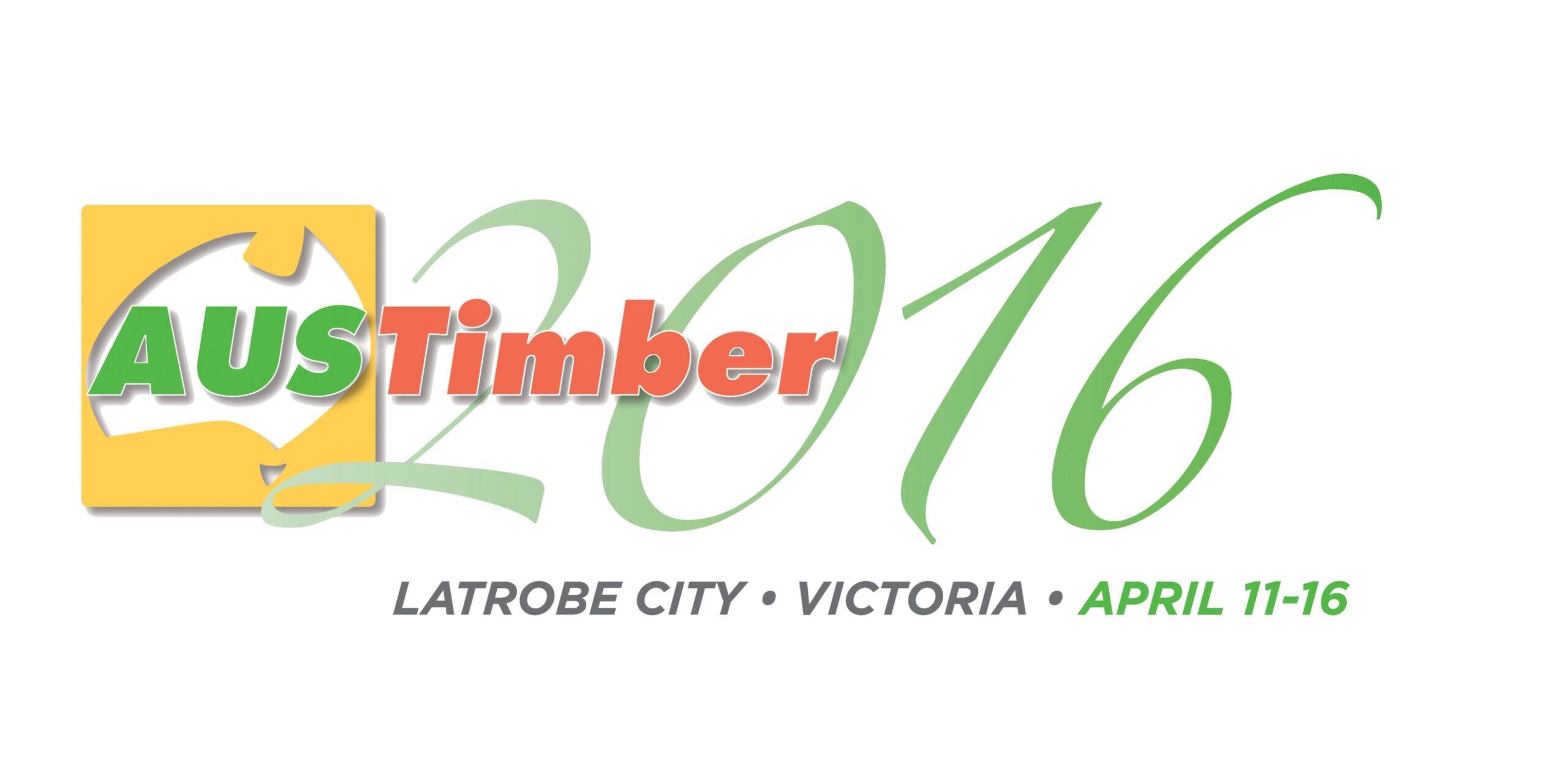Can you imagine a world without timber products? If you look around right now, you’ll probably see a multitude of items that are the result of the timber industry. Just for starters, imagine life without wood or paper. Furniture, labels, receipts, calendars, doors, the frame of your home, even books. The truth is, without the timber industry our lives would be very different, and not in a good way.
That’s why it’s so important that parties across the industry need to agree on a sustainable compliance framework to ensure that best practices are established and coded. Then managing compliance with those codes, and managing the forest lands in general, can become the framework from which our forests thrive.
Complexity Needs Standardisation
Forest management is difficult and nuanced. Determining the practices for promoting rich soil, balancing carbon emissions, keeping the ecosystem intact, and warding off invasive species isn’t as black and white as a line item on a ledger or the replacement of a fuse.
Implementation and enforcement of these practices is even more difficult. After all, nature doesn’t always agree with or play by our rules.
The first problem that comes to mind in sustainable forestry is overharvesting, and it is certainly an issue that needs attention. But there are many, many more aspects to promoting the health, controlled growth, and regeneration of a forest. From erosion to various types of pollution, it’s a complex puzzle to piece together.
There are, however, best practices which have been established through years of experience and study. With all these best practices standardised, codified, and implemented, the chances for sustainability and ongoing harvests would greatly increase. Without standards and codes of practice, auditing and compliance becomes unpredictable. And without the accountability and analysis that auditing and compliance provides, circumstances are more likely to devolve than advance. Our forests are too important for such an outcome.
Being Accountable for Our Resources
The balance between a healthy forest and a healthy timber industry isn’t really a balancing act at all. Both are on the same side of the scale. As long as the forest remains healthy, the timber will be strong and continue to become countless products for us, and the timber industry will thrive. If the forest gets sick, so does the industry, and all of us suffer.
Compliance is the “apple a day” that will help keep the forests strong. Establish standardised best practices, align them to codes, and regularly audit everything for compliance. The mobility, real time results, and data analysis available through auditing software like Compliance Checkpoint can bring order to the jungle of forest management and timber industry regulations. Because your great-great-grandchildren would love to be able to sit at a wooden desk and make a paper airplane too.
This is what I will be discussing at the Austimber 2016 conference, taking place April 11 – 15. My presentation, titled – Compliance Technology Underpins The Due Diligence Elements Of An Industry Code Of Practice – on Wednesday 13 April will provide a general overview of a guide to implementing an industry Code of Practice for Co-Regulation. I will explain why organisations and governments need to Co-Regulate, why it can be so difficult, as well as the critical success factors and rewards for Co-Regulation. Not only is Compliance Experts pleased to be a speaker and exhibitor at the event, we are also honored that the Event Organising Committee has adopted our Compliance Checkpoint app to manage compliance activities for the entire event.
To learn more about the AusTimber 2016 conference click here.
If you are attending please come and say hello, I look forward to seeing you there.







